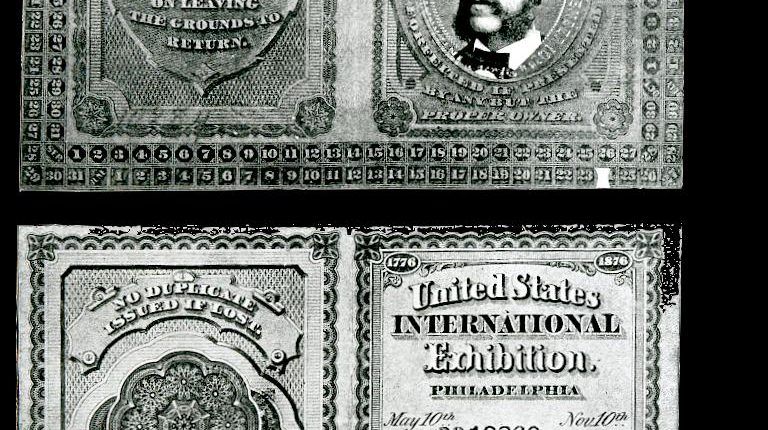Inventing the Telephone
Alexander Graham Bell had an insatiable curiosity. While teaching the deaf at his School in Boston, he experimented with various devices to help his deaf students learn to speak, specifically through the process of graphically recording sound waves. This led to a means of transmitting several telegraph messages simultaneously over a single wire.
It was in 1874 that the concept for the telephone formed in his mind. As he later explained it, “If I could make a current of electricity vary in intensity precisely as the air varies in density during the production of sound, I should be able to transmit speech telegraphically.”
But it was his intimate knowledge of the anatomy of the human ear, hearing and speech that ultimately led to this world-changing invention.






